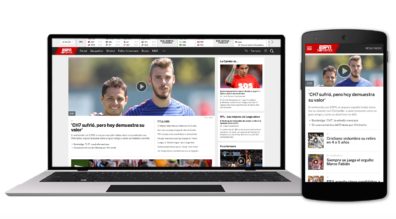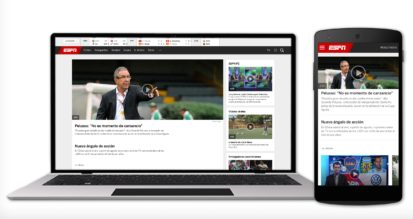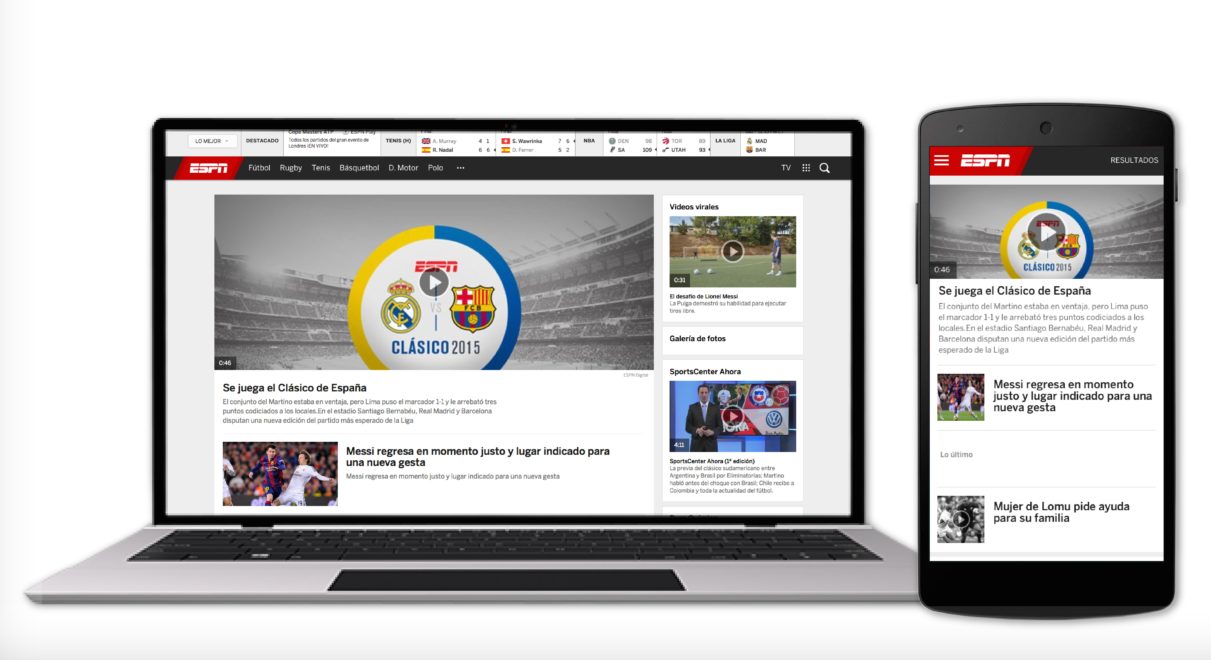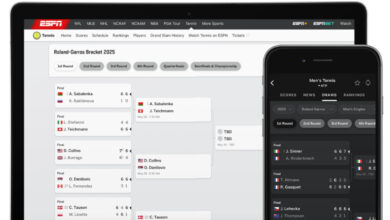ESPN launches redesign of Spanish-language websites
As part of ESPN’s “editions” strategy for its digital properties around the world, the company today relaunched six Spanish-language websites, including ESPNdeportes.com (serving U.S. Hispanic sports fans in Spanish) and ESPN.com across Latin America, including local ESPN sites in Argentina, Chile, Colombia, Mexico and Venezuela.
Built on the same technology infrastructure and design elements as the new ESPN.com, which debuted earlier this year, the sites serve fans with increased speed, better content navigation, and a more engaging experience, anytime, anywhere. Front Row asked Adam Deutsch, ESPN senior director, Global Digital Product Management, about the process of redesigning the sites.
When the new ESPN.com debuted earlier this year, we described the moment as one milestone in a continual process of development. What have you learned since then that has influenced this redesign of ESPNDeportes.com and the sites across Latin America?
Several things. First, a reinforcement that the mobile phone is the primary way fans follow sports. Also, though we already knew it, constantly improving performance and speed is always a big priority. Fans around the world have different speeds by which they connect, and our site has to load fast and respond to their specific use case with ease. We have made numerous behind-the-scenes performance improvements to achieve that.
– Adam Deutsch
Building globally, but programming the content locally is central to how ESPN has been approaching digital media. Can you explain a bit about what that means?
Building globally means we have one, state-of-the-art product experience and technology back-end to deliver our content. You will see that the new ESPN.com is the same product everywhere around the world, from the U.S. to the U.K. to Latin America.
But our local editorial teams, who know their markets and their fans the best, are producing the content that wins loyalty and repeat usage from those fans. That’s programming locally.
I smile when I look at our various editions on Sunday and see NFL content leading ESPN.com in the U.S., our EPL coverage leading ESPN.co.uk, and Boca Juniors stories will be leading our Argentina edition ESPN.com, for example.
Can you describe some of the challenges your team faced in getting these sites launched?
This is a truly multi-national project that involved teams in multiple markets, with multiple languages, who were all having to develop new processes and use new platforms. It took a lot of meetings – both locally in each market and over conference calls with our colleagues around the world – to coordinate such a large project.
We wanted to be sure that all the teams understood the benefits of this unified product platform, and what it could do in terms of showcasing content. Another challenge is building page templates that accommodate language and cultural differences.
For example, in the U.S. we show dates as 12/1 to represent Dec. 1. Nearly everywhere else in the world that date would look be 1/12. So we had to build the logic to make sure the date is displayed correctly by market. That’s just one small example that makes a big difference to fans.
What’s next?
More editions of ESPN.com around the world, and in the future, editions of the ESPN app, as well. We want any fan around the globe to have access to world-class ESPN products in the browser and on native-to-app platforms.












